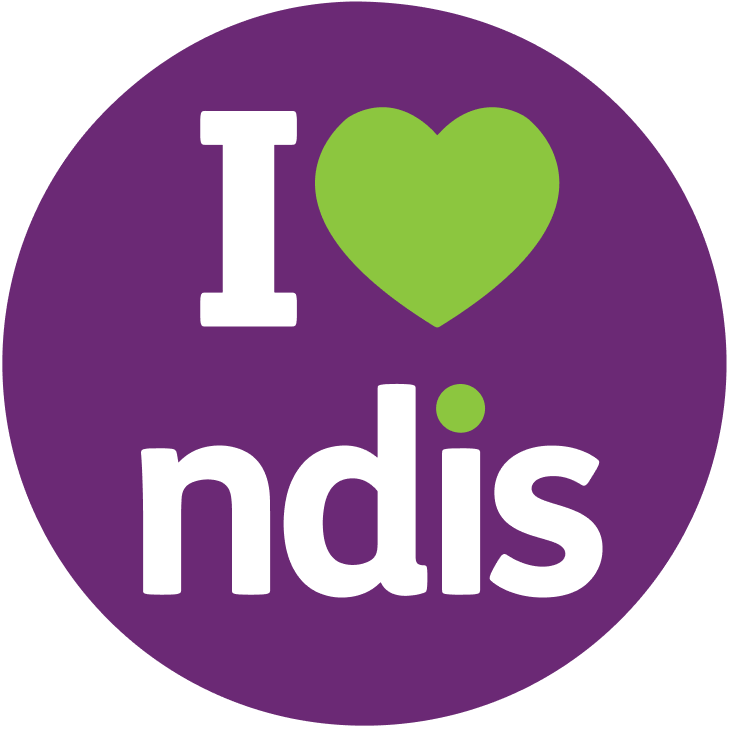Personal pronouns
Appropriate Population:
- School age
- Ability to read sentences.
Goal:
- Understand the different pronouns people might use.
- Identify pronouns within different sentences.
Steps:
- Explain pronouns to the client if they are unfamiliar with them. It is common to use pronouns to replace nouns, in order to avoid repeating the noun. Instead of sayingBen has a new dog. Ben has named the dog Max and Ben lets the dog sleep by Ben’s bed. You could Say Ben has a new dog, He named it Tom. He lets it sleep by his bed
- Explain that pronouns are chosen by the person themselves. Refer to the pronoun protocol pdf attached to find more information about this.
- Give examples of different pronouns that you might use, I, me, my, She,his, his, hers, them, they, we. Put these into example sentences if the client finds this useful.
- Use print out or digital version of PDF resource. Have the child identify the pronoun in each sentence.
- Use the resource alongside a child’s favorite game e.g snakes and ladders, pop the pig ect. (choose a card before you take a turn).
Step up:
- Have the child create their own sentences demonstrating use of pronouns.
Step down:
- Just focus on one pronoun at a time rather than all of them together. E.g my, me and mine.
Resources:
- Identifying pronouns teachers pay teachers pdf.
Nicole
Fora's Speech Pathology team


